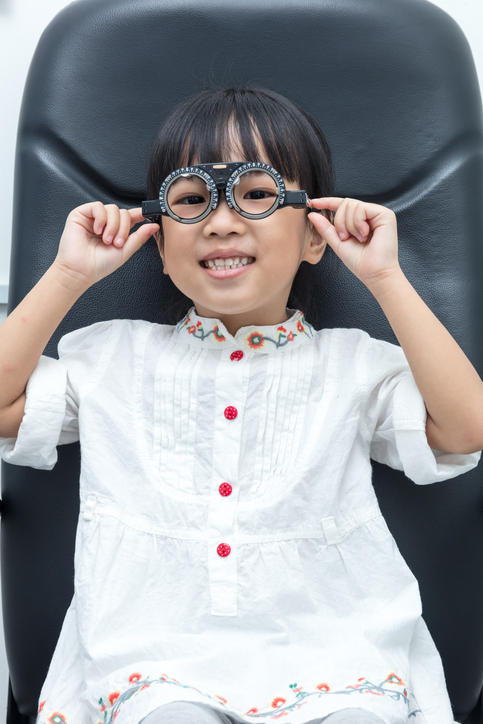 |
|
Single-vision lenses with atropine and ortho-K pose effective therapy options for myopia. Photo: Getty Images. Click image to enlarge. |
Currently, myopia in adolescents cannot be completely cured. Generally, myopia in adolescents is corrected by nonsurgical modalities. A recent study in Journal of Ophthalmology investigated three methods, single-vision spectacle lenses combined with 0.01% atropine eye drops, orthokeratology (ortho-K) lenses and peripheral defocus spectacle lenses, and their effects on myopia control in adolescents. While all effectively controlled progression, single-vision spectacle glasses with 0.01% atropine drops and ortho-K lenses exhibited more significant effects in myopia control.
The study included a total of 150 myopic adolescent patients (300 eyes) receiving treatment in China. The patients were between the ages of eight and 15, with refractive power 1.00D to -5.00D, astigmatism ≤-2.00D and best-corrected visual acuity ≥0.8. There was no statistical significance in baseline characteristics such as age, sex and spherical equivalent among the three groups.
After lens wear, the increase in spherical equivalent and axial length in the single-vision lenses and atropine and ortho-K groups was lower than in the peripheral defocus group, and the single-vision spectacle lenses and atropine group had the lowest axial length growth. Compared with the single vision and atropine group, accommodative sensitivity was much higher and accommodative lag was significantly lower in the other two groups. In addition, there was no significant difference in intraocular pressure before or after lens wear among the three groups. Though the ortho-K group patients had more complications, the researchers noted that the difference was not statistically significant.
Wearing peripheral defocus lenses was not as effective as wearing single-vision lenses and 0.01% atropine or ortho-K lenses in controlling myopia, but the effects on regulating visual function were better than the single vision and atropine combination, and the correction degree reached -12.00D.
“Each correction method has its underlying advantages and disadvantages, and patients and their guardians should choose the most appropriate one based on their needs,” the researchers wrote. “In addition, many of the complications observed might be preventable, indicating greater awareness of good contact lens hygiene among adolescents.”
Du L-F, He F, Tan H-X, et al. Comparisons of three methods for myopia control in adolescents. J Ophthalmol. September 29, 2022. [Epub ahead of print]. |


